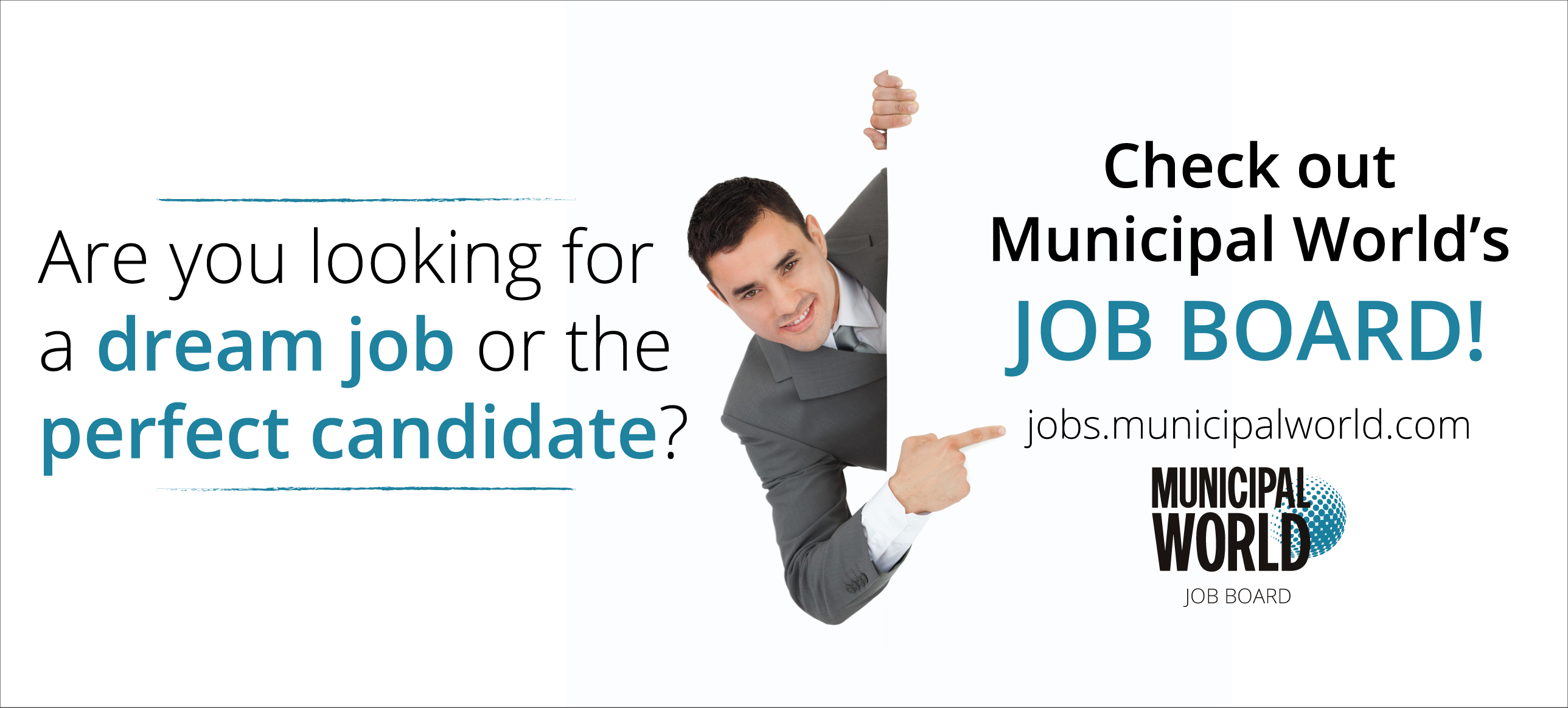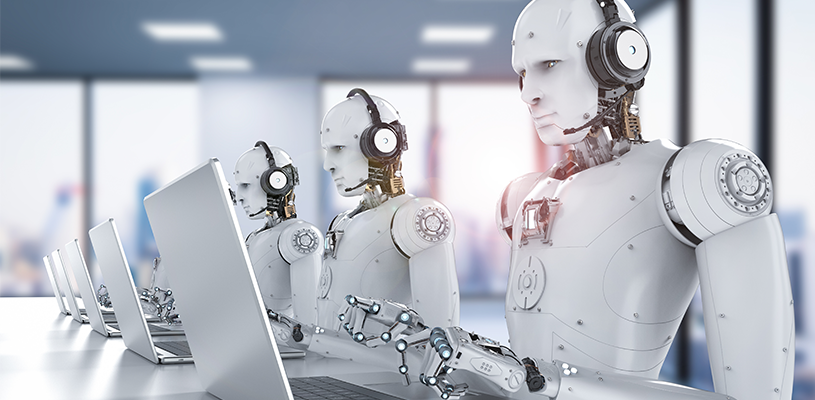Three predictions for the municipal workplace of the future

On February 21, 1967, Look magazine published an article entitled “The Class of 1989.” It contained a number of fascinating predictions for the work environment that kids born in 1967 would encounter upon graduation 22 years hence, including the following: “A worldwide network of computers will make all of mankind’s factual knowledge available to students in a matter of minutes or seconds” and “The world communications net, the all-evolving linkage of electronic circuitry, will grow and become more sensitive.”
While the article was a bit ahead of the curve, these predictions did come to pass. It is interesting to ponder what the municipal workplace will look like in 2040. We can all agree that our work environment affects our productivity, and with this in mind, I foresee (and would like to see) the following.
1. Flex Time Will Be the Norm
Based on the insight that not everyone is productive while sitting at a desk from nine to five, work hours and work locations started drifting years ago. Among the benefits of working different hours or working from home are: less time spent in traffic; fewer distractions; and a reduced need for real estate – in a very real sense, a smaller footprint for the employer. Among the drawbacks are: fewer opportunities to bounce ideas off of people and collaborate in teams; while workers, as well as information, become potentially isolated. A diaspora of employees also makes it harder to build a strong culture.
While something that works for one organization may not work for others, there is a synergy that comes from being in one location. There is no substitute for generating the energy that comes from real teams and face time. In the next two decades, a further spread of flex hours in terms of start and end times, and shifts is likely, along with an emphasis on company culture – rolling back situations where people are scattered in basements all over the country.
2. You’ll Find Cubicles in Museums
In 1968, Robert Propst invented the Action Office, which was meant to break down barriers, increase collaboration, and facilitate the flow of information within organizations. However, as soon as companies realized they could put more people into the same space by moving walls and building a grid, the open concept evolved into the cubicle system, which became the scourge of many workplaces. By 1997, The New York Times estimated that upward of 40 million Americans had been shoe-horned into cubicles.
Studies have shown that open office plans decrease productivity and employee well-being. One study found that workers in open office spaces take an average of 62 percent more sick days than those in private offices. With some 40 million Americans working in cubicles, this statistic represents serious money. In April 2013, US News reported that most companies pay office workers about 20 times more in salary and benefits than they pay in rent. Therefore, if a 10 percent savings in office rent results in a 10 percent loss in productivity, the company loses two dollars for every 10 cents in savings.
The best work environment is one where people actually want to be. So, the challenge for the future is how to create municipal offices that foster well-being and productivity. In the coming years, I predict the demise of the cubicle farm approach in office design, where employees are expected to put up with anything for the sake of their mortgage and car payments.
3. Micromanagers Will Be a Thing of the Past
In the future, we will see a change in the way municipalities are managed – in part, thanks to an increased role for artificial intelligence in decisions on recruitment, development, and promotions, specifically with respect to filling management roles. CAOs will acknowledge that being busy is not the same as being productive, and that movement is not the same as progress. In the past, there has been a tendency to hire and promote pyromanagers – the type of manager who loves seeing people running around fighting fires, half of which were actually ignited by the manager.
Being busy isn’t good for the bottom line, however. One study showed that people who switch what they are doing while they’re in the middle of another task take 25 percent longer to finish both. Microsoft decided to study this phenomenon in its workers and found that every time people were interrupted by emails, phone calls, or other messages, it took them an average of 15 minutes to return to the project they had been working on. To complicate matters, they didn’t spend the entire 15 minutes on the new message either, but on other distracting stuff, such as internet surfing.
Going forward, we can expect research to continue increasing human insight around productivity in the workplace. Also, thanks to artificial intelligence, metrics will play a greater role in hiring, developing, and promoting people to positions in which they thrive – basing these decisions on someone’s ability to put the puck in the net for the team, rather than being governed by random factors such as team fit, tenure, and ambition. And, as always, HR will have a key role in advocating and facilitating the changes ahead. MW
A version of this article was published in Municipal World, October 2018
✯ Municipal World Insider and Executive Members: You might also be interested in the full version of this article or in Micromanagers deliver micro-results, another article by Evert. Note that you can now access the complete collection of past articles by Evert Akkerman (and more) from your membership dashboard.
Evert Akkerman is an HR Professional based out of Newmarket, Ontario and is the Founder of XNL HR. In 2015, he won the inaugural Randstad Canada Award for Innovation in HR. In 2016 and 2017, the Canadian HR Reporter awarded him a spot in the Top 25 HR Professionals in Canada.
Related resource materials:



